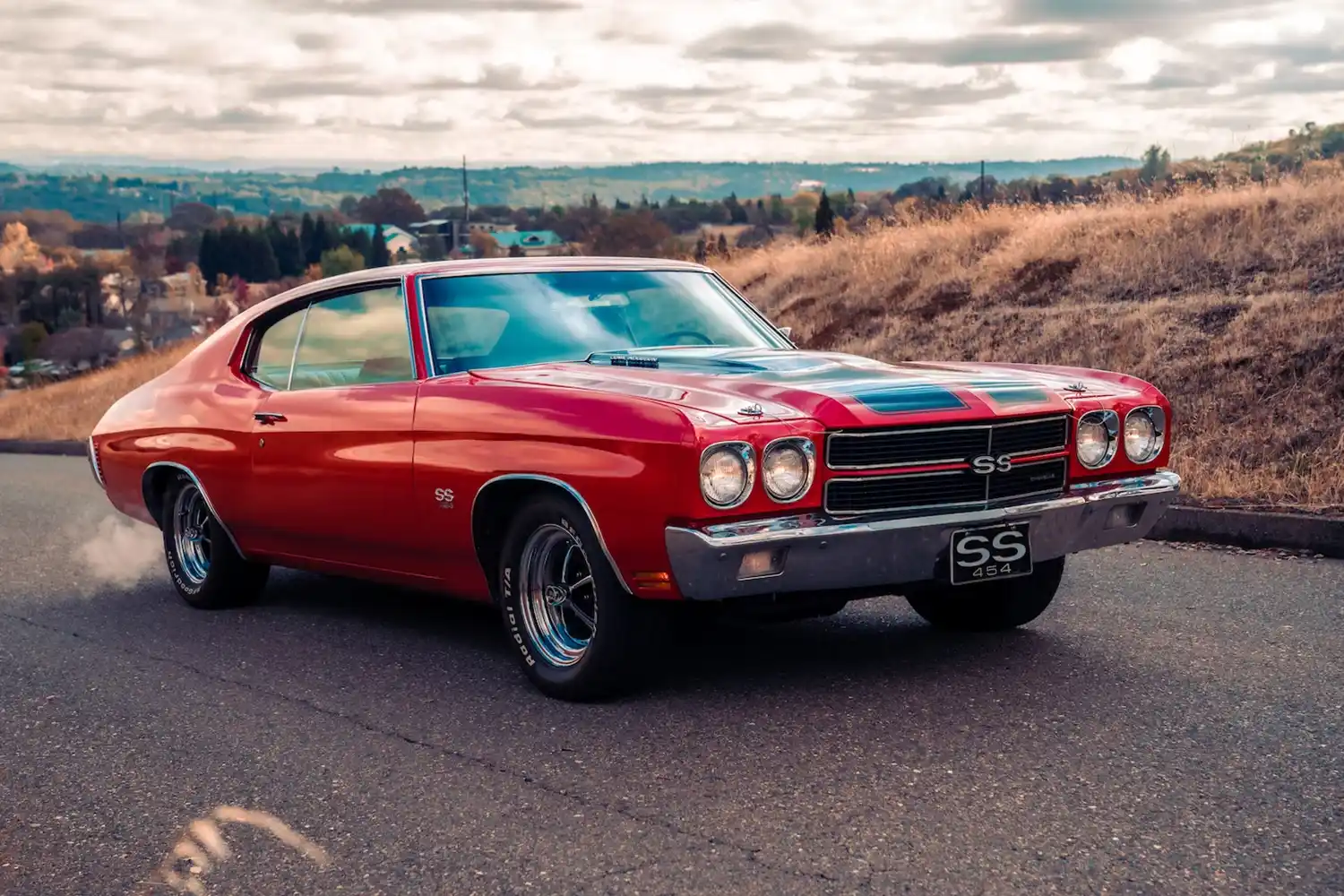Classic car owners are being told to brush up on their understanding of seatbelt laws in old vehicles, else risk a hefty fine and penalty points.
Motoring experts at Quotezone.co.uk have clarified what the UK seatbelt laws means for classic car drivers, and researched the rules about wearing a seatbelt that most drivers are unaware of.
The seatbelt law was first introduced in 1983 and has since saved thousands of lives and prevented countless injuries.*
But the latest figures show that still 5.2% of drivers and 8.5% of back seat passengers were observed not wearing a seatbelt.**
In most circumstances every passenger and driver is required by law to wear their seatbelt, no matter how short the journey is.
If anyone is caught not wearing a seatbelt when they are supposed to, they could be fined up to £500.***
But there are certain situations which do not legally require drivers or passengers to wear a seatbelt, although it is always strongly advised.
Many people are unaware that the driver is only responsible for children under 14 to be wearing their seatbelt; anyone over 14 is accountable for themselves.
Owners of classic cars which do not have a seatbelt installed are not legally required to get one fitted and drivers are therefore exempt from wearing one.
Greg Wilson, Founder and CEO of Quotezone.co.uk said: “Since the seatbelt law was first introduced over 40 years ago it has saved thousands of lives and made the UK roads much safer for everyone.
“We urge everyone to wear a seatbelt in all situations, even if they are legally exempt, for their own safety and to avoid a hefty fine of up to £500.
“It’s important to make sure you do know the laws surrounding seatbelts to stay within the law and avoid any unsafe trips for yourself and your passengers.
“One of the things most people are unaware of is that the driver is only responsible for children who are under 14 to wear their seatbelt, anyone older than 14 is accountable for themselves.
“Owners of classic cars which were made pre-1965 do not need to install or wear a seatbelt as the vehicle was originally manufactured without one. But they must be careful when driving children around as under-threes cannot sit in the car at all.”
Quotezone.co.uk’s eight things you didn’t know about seatbelts:
- Classic car
Before 1965, seatbelts did not have to be fitted into UK vehicles. So for those who drive a classic car which was originally manufactured without a seatbelt, there is no law requiring one to be fitted. Children under three cannot sit in the car, and those over three can only sit in the back.
- Driving a taxi
Taxi drivers who are carrying passengers or plying for hire are exempt from wearing a seatbelt. This law is to protect the driver from any passengers who may use the seat belt to hold the driver down and attack them.
- Reversing
When a driver is reversing, they are legally permitted to take off their seatbelt. This also applies to Brits who are supervising a learner driver who is reversing. The seat belt must be put back on as soon as they continue to drive forwards.
- Goods vehicles
Motorists who are driving goods vehicles on delivery rounds do not need to wear a seatbelt if the distance is no more than 50 metres in between stops. In all other circumstances they must have a seatbelt on, unless reversing.
- Medical exemptions
Doctors are able to hand out a certificate to those drivers who have valid medical grounds to not wear a seatbelt. This certificate must be kept in the car to show the police if necessary, as well as informing the car insurer.
- Buses
Passengers onboard buses are exempt from wearing seatbelts, and buses generally do not have them installed. This is because these urban buses are intended for short trips at slow speeds and usually travel in dedicated bus lanes. They’re also designed to allow passengers to stand. Bus drivers are required to wear seatbelts if one is fitted – this depends on the year of manufacture.
- Coaches
The seatbelt law on coaches depends when the vehicle was first used. Coaches registered before 1988 do not require adults to wear seatbelts, those registered between 1988 and 2001 require seatbelts on forward-facing seats, and after 2001 requires a three-point belt on all coach seats.
- 14 year olds
Passengers who are over 14 years old are required to wear a seatbelt by law, but it is their own responsibility to do so. Drivers are only responsible for ensuring children under 14 wear their seatbelt and be in the correct child seat.
Quotezone.co.uk helps around 3 million users every year find savings on household bills and essentials, such as classic car insurance, collectors car insurance, and classic car young driver insurance.







